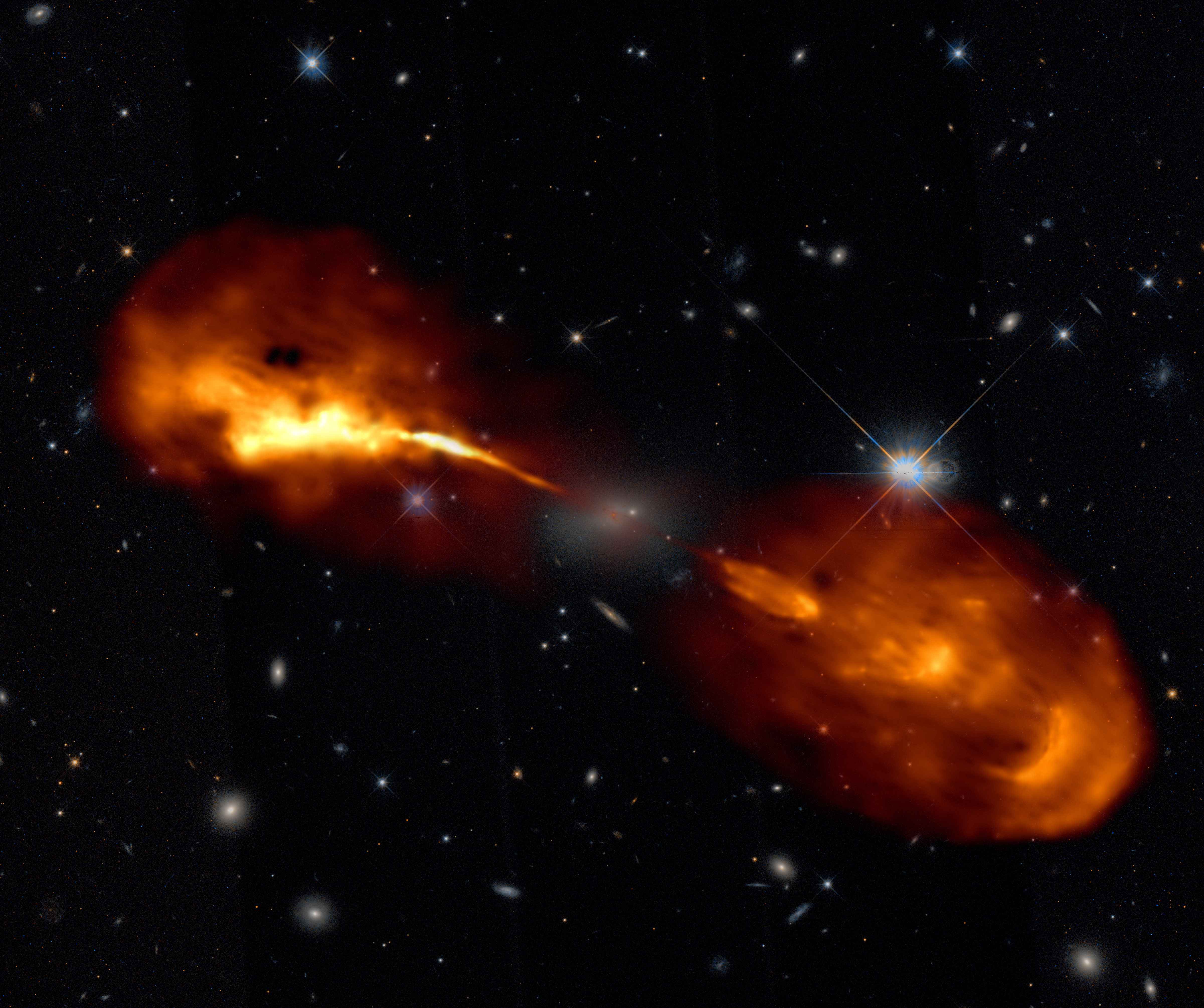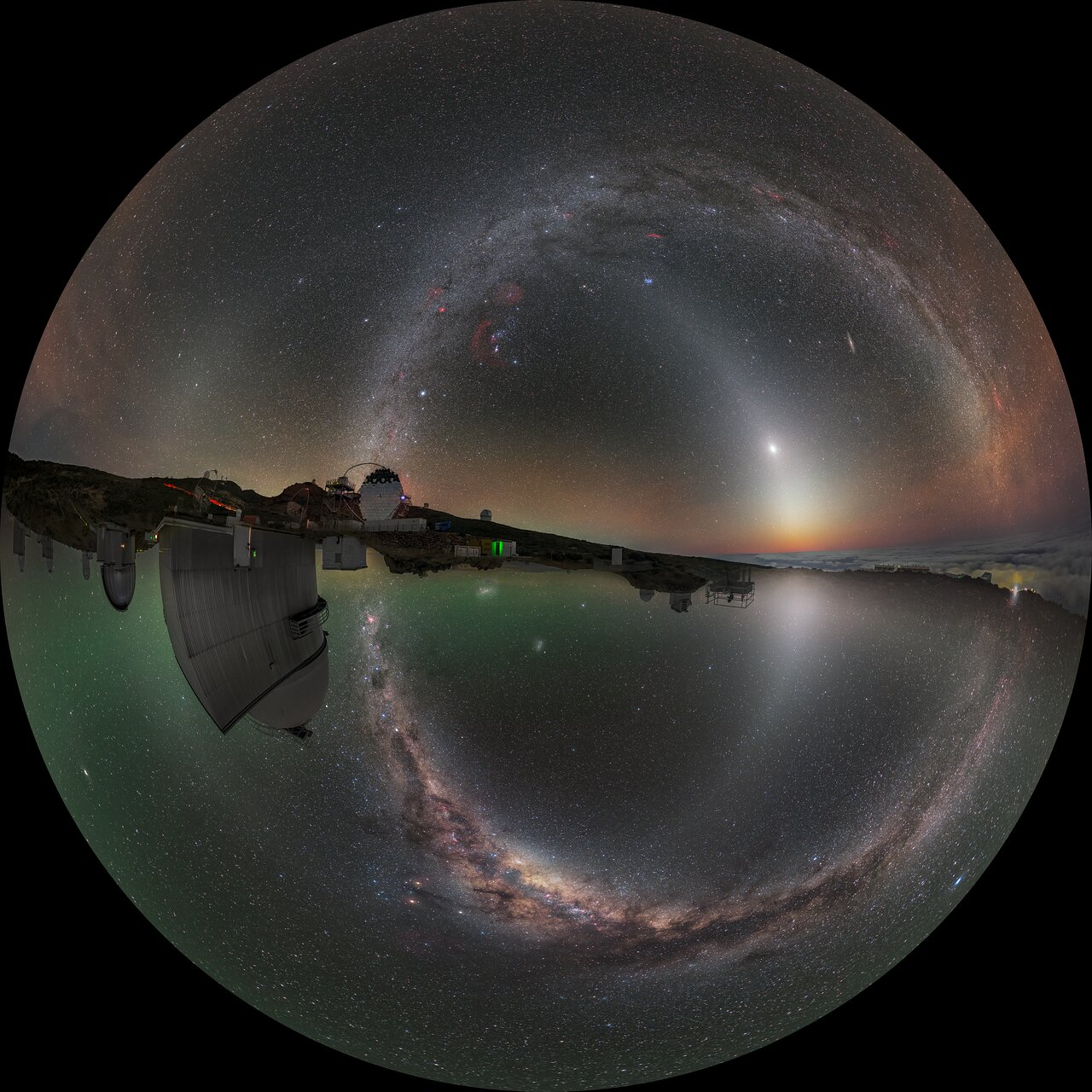WWT Newsletter: September 2021
Hello WWT community!
With the approach of cooler temps (at least in the northern hemisphere), we have some cool and exciting updates for you this month to the AAS WorldWide Telescope software universe! As usual, if you’ve got any of your own news to share, let the team know on social media or by emailing wwt@aas.org.
In this update:
- Tiled FITS data in WWT+JupyterLab
- LOFAR Imagery in WWT
- Abstract submissions invited for WWT at AAS239! (Deadline October 12th)
- NASA Deep Star Map 2020
- ESO’s North Meets South
Best, Peter K. G. Williams, Director of the AAS WorldWide Telescope Project
Tiled FITS data in WWT+JupyterLab
Some BIG news — with WWT you can now explore arbitrarily large scientific FITS datasets! Learn more in this video and follow along with the tutorial to interactively explore 55 GB of FITS data from the Panchromatic Hubble Andromeda Treasury (PHAT). This is the culmination of many hours of hard work from the development team, funded through an NSF grant (#2004840). Our excitement for this new functionality is overflowing, so give it a try and tell us what you think!
LOFAR reveals radio galaxies in unprecedented detail
How about those jets from Hercules A (pictured below)? LOFAR’s international collaborators have published 11 research papers on new imagery and scientific results. Several of the images are now viewable in context within WWT after a fair bit of manual processing from David Weigel. Radio galaxies generally don’t have the same flair as something you might see from the Hubble Space Telescope, but it is pretty neat to explore these ancient galaxies in WWT to get a sense of their scale and distance.

Abstract submissions invited for WWT at AAS239! (Deadline October 12th)
Are you the kind of person who might attend the AAS239 conference in Salt Lake City in January 2022? If so, you — yes, you — are invited to submit an abstract to present at a special session on all things WWT! See this page on the WWT Contributor Hub for more information. Submissions don’t count against the usual limit of one abstract per person per meeting! Deadline October 12th.
NASA Deep Star Map 2020
Last year NASA Scientific Visualization Studio (SVS) created a highly detailed all sky map from various source data such as Gaia, Tycho, and Hipparchos. The Deep Star Map is now explorable in WWT and is accessible through the quick access imagery menu in the bottom left of the webclient next to the “Look At” view mode selection. Processing this data motivated the WWT dev team to add support in the toasty python package for the OpenEXR image format, which enables high-dynamic-range (HDR) imagery at manageable files sizes.

ESO’s North Meets South
A rather unique take on an all sky survey where northern skies meet those in the south. We thought the concept was novel and intriguing, and then were mesmerized by panning and zooming around — check it out for yourself!

Stay in Touch!
We always love to hear from WWT users and enthusiasts. Follow our social media accounts, email wwt@aas.org, or post on the WWT forum.